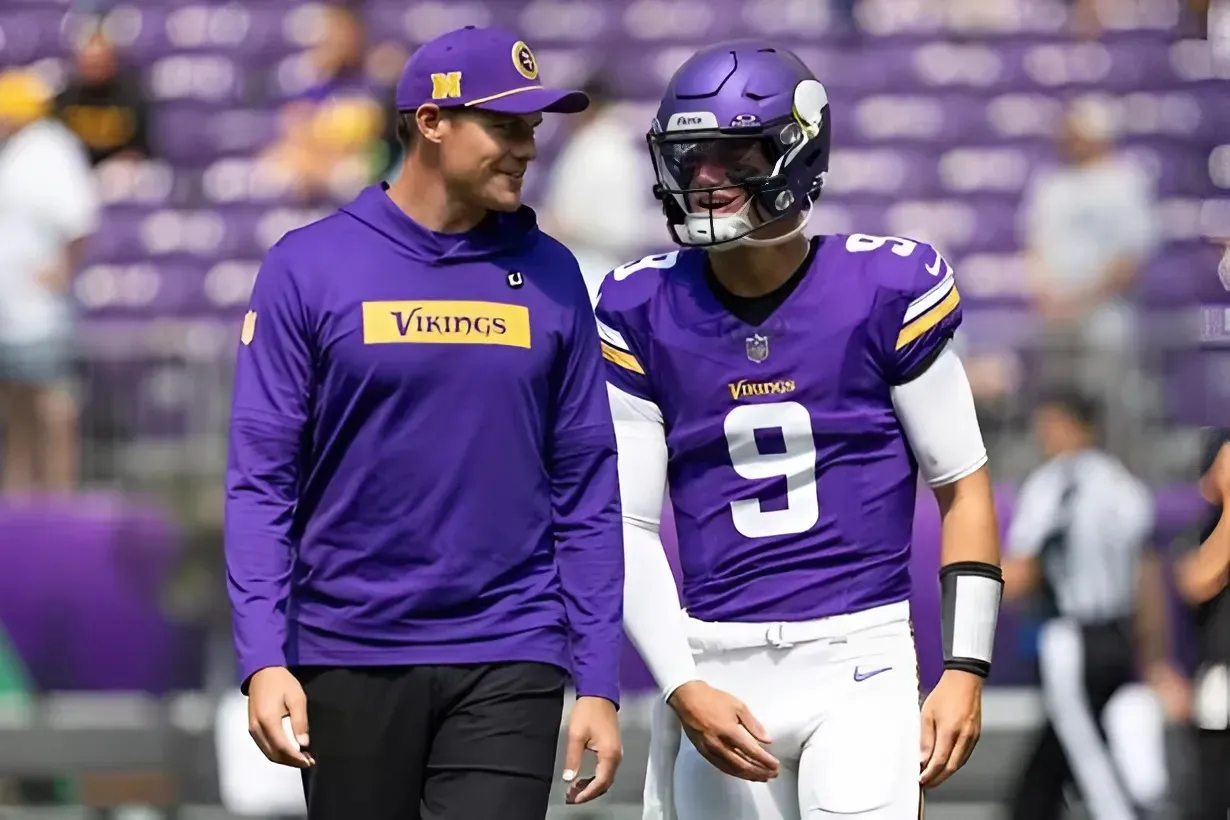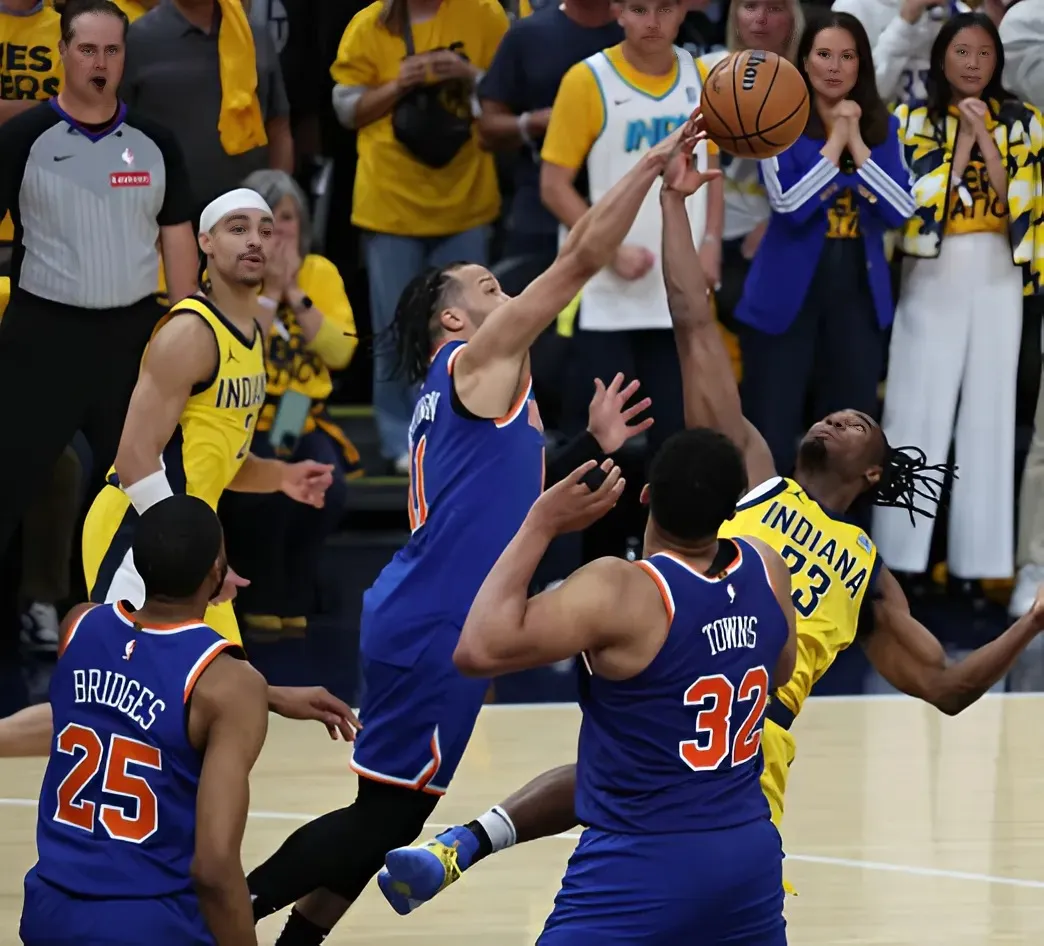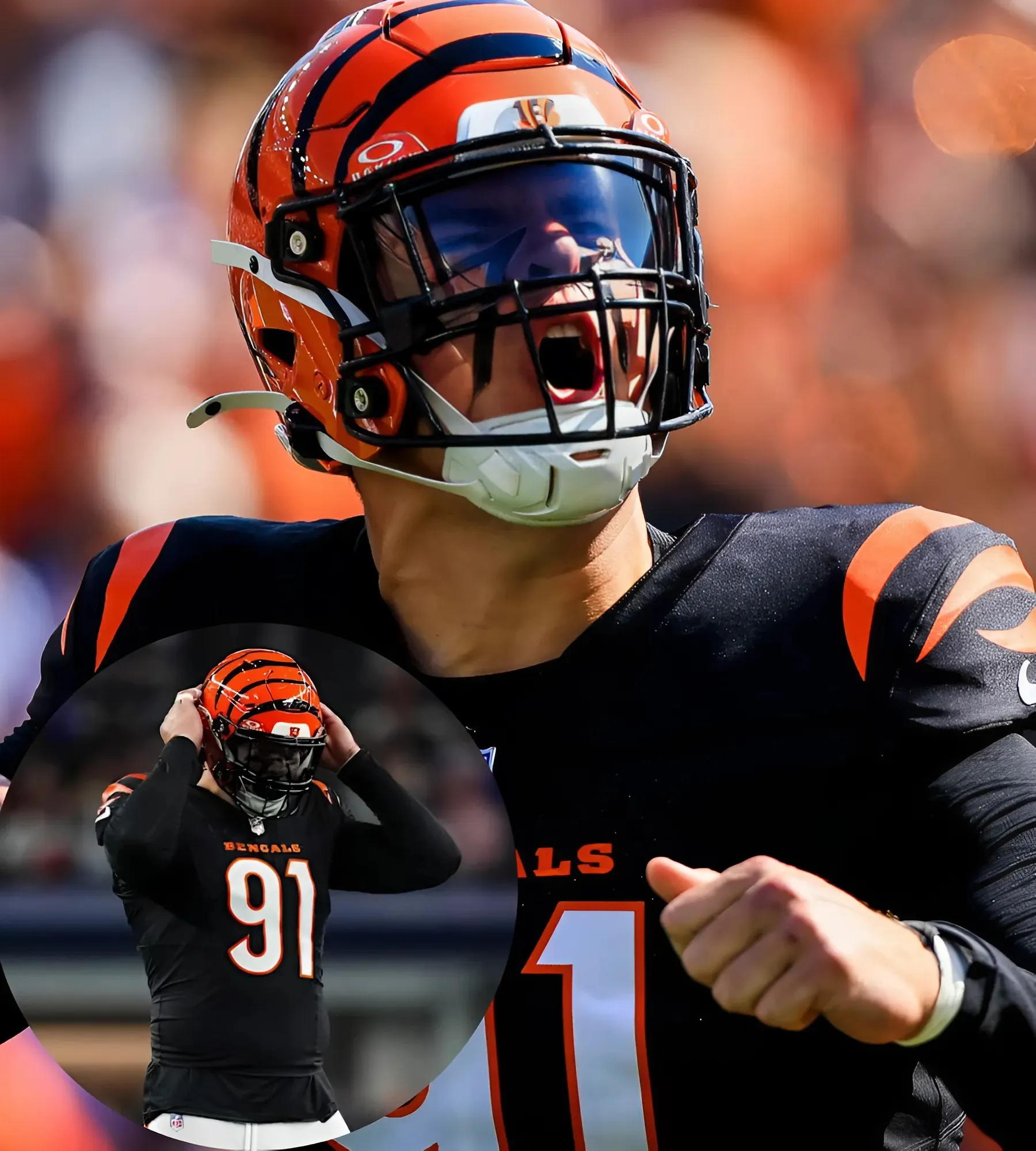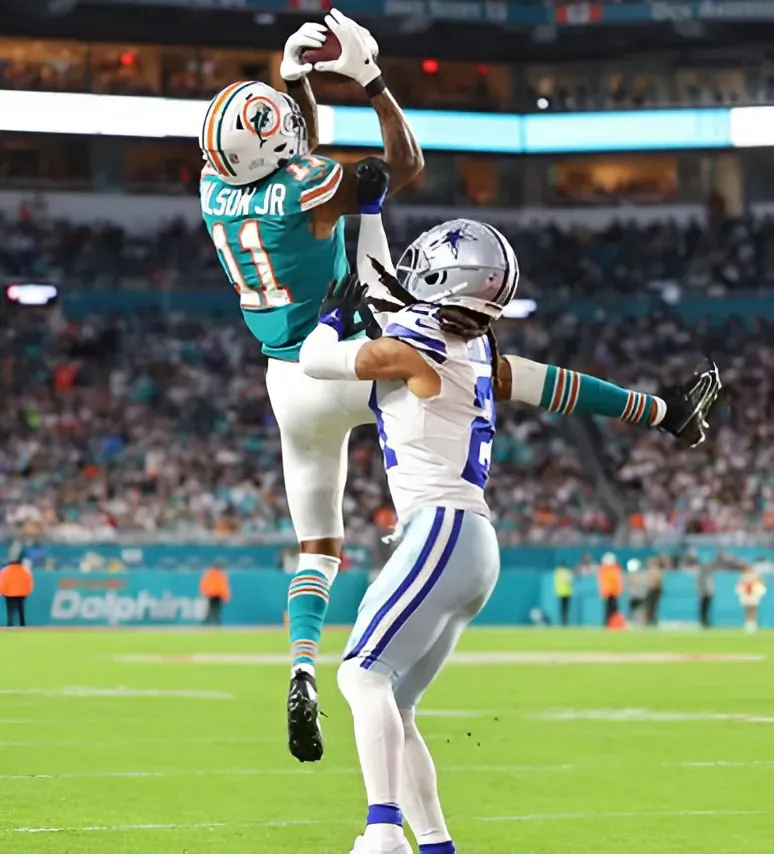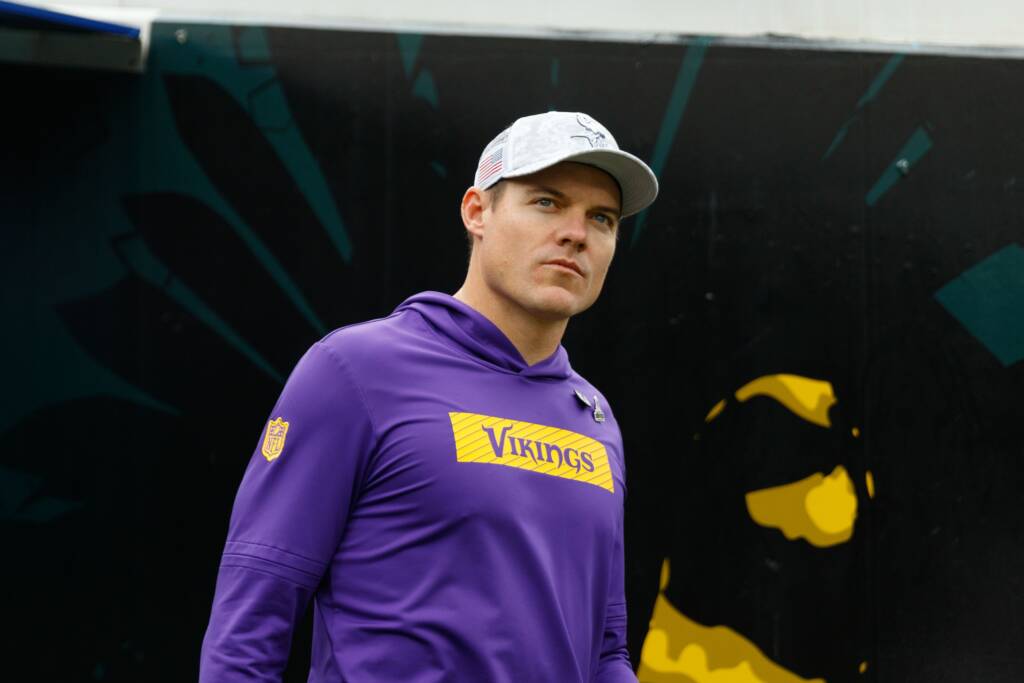
Photo Credit: Morgan Tencza-Imagn Images
In 2008, former ESPN host Trey Wingo was interviewing former Green Bay Packers general manager Ted Thompson on their draft broadcast when the New England Patriots took Kevin O’Connell in the third round.
“Right now, Aaron’s our quarterback going forward,” Thompson said. “The ‘what if’ game, I don’t even know if that’s appropriate to speculate on.”
By Aaron, he meant Aaron Rodgers, who slid to the Packers at 24 in 2005. The ‘what if’ game refers to whether Brett Favre would retire. After years of Favre’s retirement flip-flopping, the Packers traded him to the New York Jets. Favre spent one year in New York before signing with the Minnesota Vikings. Rodgers became an MVP and Super Bowl winner in Green Bay.
History got close to repeating itself this offseason, and O’Connell got caught in the middle again.
In 2023, the Packers traded Rodgers to the Jets, allowing Jordan Love to take over as their franchise quarterback. Rodgers tore his Achilles on his first possession in New York and went 5-12 there last year. He wants to complete the circle this offseason, joining the Minnesota Vikings and taking over the situation they’ve set up for J.J. McCarthy.
O’Connell didn’t pan out as a quarterback for the Patriots, but he’s become masterful at maximizing quarterbacks. With O’Connell calling plays, Kirk Cousins became a winner under center, Joshua Dobbs transformed into the Passtronaut, and Sam Darnold looked like a franchise player.
Given his relationship with Rodgers and desire to develop McCarthy, O’Connell is likely torn between two outcomes. However, he thwarted the temptation to spurn McCarthy and turn things over to Rodgers. Instead, he compromised. The Vikings will invest in McCarthy this season, but they could always give Rodgers a ring if McCarthy gets hurt.
At the owner’s meetings in Florida, O’Connell confirmed that Rodgers reached out to the Vikings about an opportunity. However, he also reaffirmed his commitment to McCarthy. O’Connell said he had a personal relationship with Rodgers going back to his playing days and that he respects him as a competitor.
“Two things,” he said, “can be true at once.”
All evidence indicates the Vikings aren’t trying to create quarterback drama or drag this out. Rodgers reached out to them, and O’Connell will always take that call. Rodgers reportedly is interested in joining the Pittsburgh Steelers, but his actions indicate he’d rather play in Minnesota. He’s inserted himself into this situation; the Vikings aren’t courting him.
There’s some irony that Rodgers superseded O’Connell on ESPN’s draft broadcast. Thompson made news by committing to Rodgers, and O’Connell had to wait for Mel Kiper and Ron Jaworski to introduce him to the football world.
Still, ESPN’s panelists raved about O’Connell. Jaworski loved O’Connell’s 6’5”, 225 lbs. size and “uncanny accuracy.” He liked that O’Connell played on a flawed team and could make throws under duress. Despite playing behind a lousy offensive line at San Diego State, O’Connell used his athleticism to get outside the pocket and make plays.
Jaworski had O’Connell as his No. 5 quarterback in the draft. He believed O’Connell would benefit from playing behind New England’s offensive line and throwing to their arsenal of receivers.
There was one catch, though. The Patriots had a 30-year-old Tom Brady.
Many coaches placed O’Connell in a second tier behind the draft’s best quarterbacks, which included Matt Ryan and Joe Flacco. However, they considered him a sleeper because of his athleticism. Their chief concern was that he was a perfect fit in SDSU’s system and played in the Mountain West.
One analyst thought O’Connell could take over for Brady in five years. Michael Lombardi is a longtime broadcaster who worked with Bill Belichick in Cleveland and Foxborough and is now Belichick’s GM at the University of North Carolina. He speculated that Belichick was taking O’Connell to flip him to another team for a first-round pick.
“It’s vision,” Lombardi said. “He thinks beyond this year and next.”
O’Connell only had four completions for 23 yards in his career, and they waived him in 2009. However, he’s developed quarterbacks in Minnesota by coaching them correctly and putting them in a position to succeed. O’Connell became forward-thinking, working toward the moment he could develop his own quarterback to turn the Vikings into a contender.
He didn’t become a four-time MVP like Rodgers, who is two years older than O’Connell and has only started contemplating retirement. O’Connell developed a relationship with Rodgers and has always admired his game. Still, O’Connell put himself in a position to pass on Rodgers, even though the future Hall of Famer wanted to play in Minnesota.
Seventeen years after Rodgers news superseded O’Connell on the draft broadcast, O’Connell is putting himself first.
